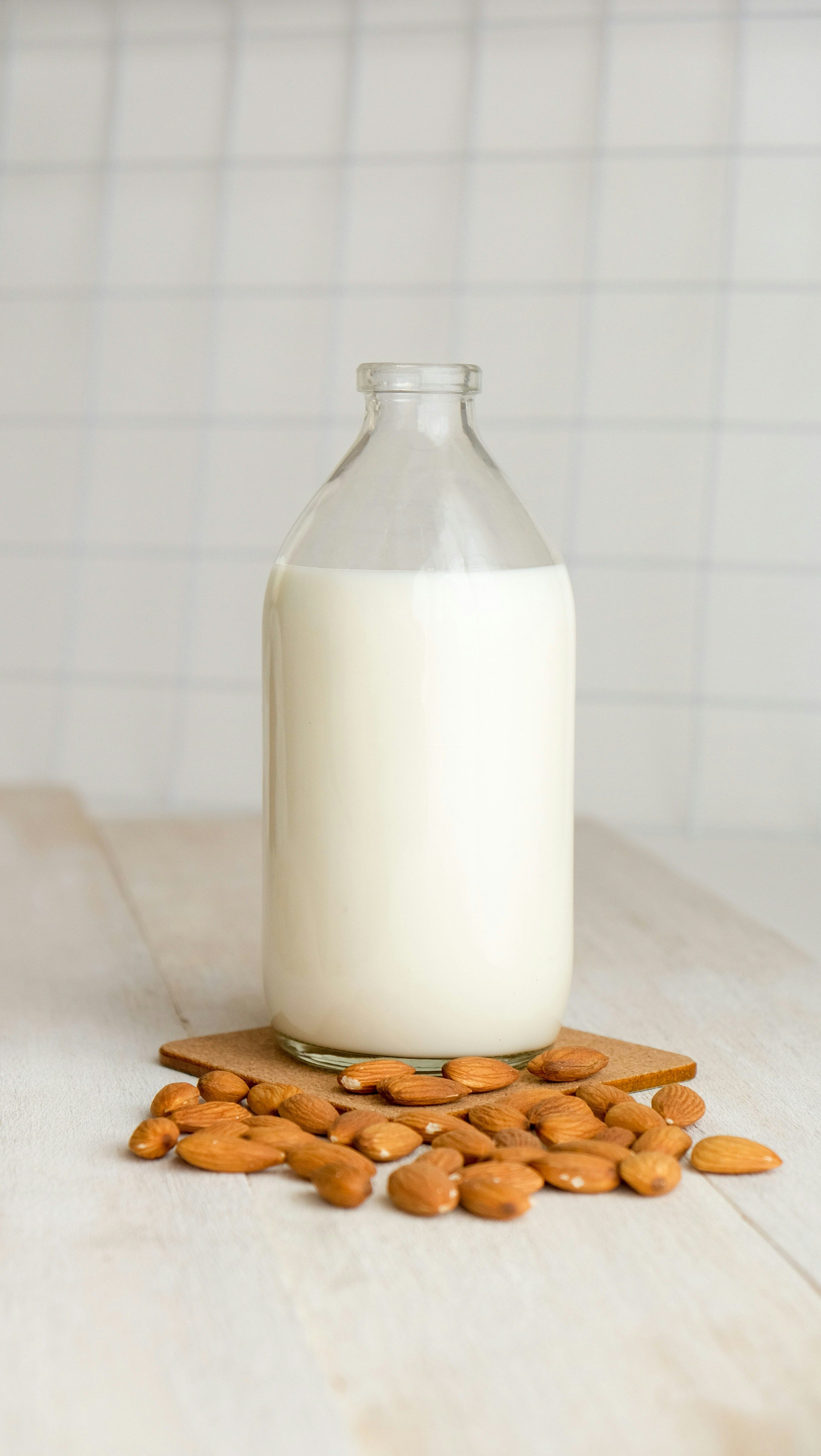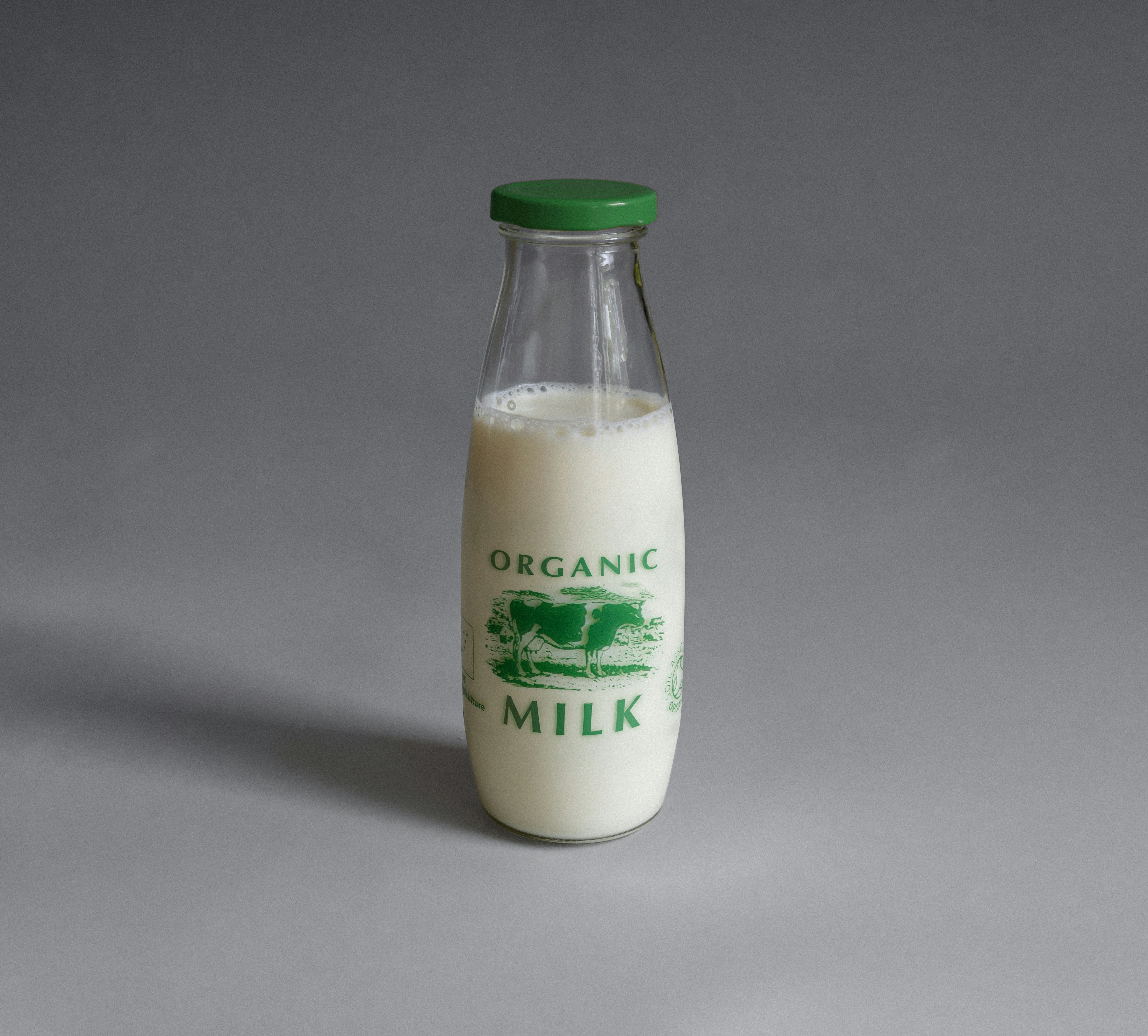

The 2024 Dairy Landscape
By Julia Baker
When you think of South Africa, images of vibrant landscapes and rich cultures come to mind. But let’s not forget about the delightful world of dairy products that play a significant role in our culinary landscape. From creamy cheeses to indulgent ice creams, the dairy sector is thriving and ever evolving.
As we continue into 2024, it’s essential to explore what’s happening with these beloved staples. Are consumers leaning towards traditional favourites or exploring newer options? What trends are shaping the future of milk, yoghurt, cheese, and ice cream? The answers may surprise you as we look into this deliciously diverse market. Whether you’re a devoted fan or just curious about what’s on offer, there’s plenty to discover in South Africa’s dynamic dairy scene.
Milk production is the fourth largest agricultural sector in South Africa. The milk and dairy industry contribute largely to the South African economy through food security and its dairy products export earnings. In June 2024 South Africa’s Concentrated Milk exports accounted up to R83.6M according to The Observatory of Economic Complexity (OEC).

The industry comprises a number of different economic activities and significant differences www.belnori.com/ exist≈between farming methods and processing of dairy products. These activities involve the production and marketing of raw milk, pasteurised milk and cream, fermented milk, long-life milk and cream, yoghurt, cheese and its by-product whey, milk powder, sweetened and unsweetened concentrated milk, butter and butter oil (ghee). According to Milk South Africa, the Covid 19 pandemic that had affected most of the normal value chain within agricultural sector had little impact on the dairy industry. In South Africa, the dairy products had performed well under the pandemic and most of the raw milk was channelled to the dairy products market.
According to www.journals.co.za, “Food safety aspects of dairy in South Africa are governed by the Foodstuffs, Cosmetics and Disinfectants Act (Act 54 of 1972, Regulation 1555 of 21 November 1997). It is illegal to sell raw milk in South Africa for direct use unless the specific municipality where the sale is taking place is authorised to do so. Raw milk is milk that is not subjected to heat treatment namely pasteurisation, ultra-pasteurisation, ultrahigh temperature treatment or sterilisation.



Current market trends According to Stats SA’s recent report, the prices for milk, eggs, and cheese have seen a substantial increase of 13.9% from November last year. This significant price hike is affecting consumer purchasing patterns and preferences. The South African dairy market is seeing notable shifts as consumer preferences evolve. The demand for traditional dairy products such as milk and cheese remain strong, yet there’s a noticeable surge in alternative options.
Ice cream consumption has also seen an upward trend. Local artisans are experimenting with innovative flavours that cater to diverse palates.
Polar Ice Cream for example have some wonderful f lavours; Banana Nut Fudge, Choc Fudge Brownie, Madagascan Vanilla, Pralines & Cream, Salted Caramel and Cannolis. This creativity not only attracts younger consumers but also supports small businesses like WhiskAway Ice Cream who offer vegan and sugar free ice cream options.
Additionally, online shopping for dairy products is on the rise. E-commerce platforms provide convenience and accessibility, allowing consumers to explore various brands without leaving home.
This change enhances competition among producers, ultimately benefiting customers through better quality, price and variety. Technological advancements play a crucial role too. Smart farming techniques enhance efficiency and yield, making local dairy farms more competitive.
The dairy industry relies heavily on technology to push progress. Notable breakthroughs involve the production of specialised enzyme blends that elevate the standards of dairy goods and procedures.
With the aid of engineering and bio technology, new enzymes have been introduced to optimise lactose reduction, enhance flavour, and modify texture. Furthermore, advancements like encapsulation and controlled-release techniques are extending their lifespan.
Sustainability
Sustainability plays a significant role in purchasing decisions too. Many dairy brands are adopting ecofriendly practices in production and packaging. This shift resonates well with environmentally conscious shoppers looking for responsible choices.
A great initiative is a collaboration between Woodlands Dairy, Infinite Industries and Botes Honey Farms who are creating bee hives from recycled materials. Marisa Maccaferri, Marketing Executive for Woodlands Dairy and First Choice, says “Sustainability is at the heart of what we do. Partnering with Infinite Industries, which specialises in upcycling packaging material, was an obvious choice.” Ethical considerations come into play. Consumers increasingly seek transparency in sourcing and production methods for their favourite cheese or yoghurt brands.
This pressure encourages companies to adapt practices that align with consumer values while addressing health-related concerns effectively



Popular South African Brands
South Africa boasts a vibrant dairy scene, with brands that have become household names. One standout brand is Clover, renowned for its wide range of products including milk and butter. Their full-cream offerings are particularly popular among families looking for quality and taste.
Another key player is Dairymaid, famous for its delicious yoghurt varieties. With flavours ranging from classic vanilla to exotic fruits, it caters to diverse tastes while promoting healthy snacking.
Then there’s Lancewood, celebrated for cheeses like edam cheese, mushroom sauce to chunky chive cottage cheese. Their products are in fridges across the nation. Ice cream lovers appreciate the indulgence offered by Magnum and Cornetto from Unilever. Both brands continue to innovate with new flavours that excite local palates.
These brands not only represent quality but also signify a unique South African dairy culture worth exploring further.
The rise of plant-based alternatives
The demand for plant-based alternatives in South Africa is on a remarkable rise. Consumers are increasingly opting for dairy-free options, driven by health benefits and environmental concerns.
Brands are responding with innovative products that replicate the taste and texture of traditional dairy items. From creamy almond milk to rich cashew cheese, the choices are expanding rapidly.

Local producers are tapping into this trend, creating delicious yoghurts made from coconut or soy. These alternatives cater not only to vegans but also to those looking to reduce their dairy intake.
This shift stems from a growing awareness of lactose intolerance among many South Africans. As more people seek options that align with their dietary needs, plant-based substitutes continue gaining traction in supermarkets and restaurants alike.
With every passing year, it seems like there’s something new on the shelf waiting to be discovered by adventurous eaters and healthconscious consumers. Many people now scrutinise fat content and opt for low-fat or reduced-calorie versions of ice cream and cheese.
There’s also growing awareness about the link between saturated fats found in full-fat dairy foods and heart disease.
As a result, plant-based alternatives are gaining traction among those looking to maintain healthier diets without sacrificing flavour.


The future of dairy in South Africa
Innovations in production methods are gaining traction. Farmers are adopting sustainable practices, focusing on reducing carbon footprints while ensuring high-quality output.
As regulations tighten around food safety and sustainability, the industry must adapt quickly. Collaboration between farmers, manufacturers, and retailers is essential to meet these new standards effectively.
Consumer preferences will dictate the future of dairy in South Africa. Emphasising quality over quantity could pave the way forward for this cherished sector.
The dairy landscape in South Africa is evolving rapidly. Whether you’re a fan of creamy cheese, indulgent ice cream, or tangy yoghurt, staying informed about the latest trends and developments can enhance your choices.
Awareness of health issues surrounding dairy consumption can guide you toward products that align with your dietary needs.
As plant-based alternatives gain traction, it’s essential to explore both traditional and new options available in the market. Engaging with brands that prioritise sustainability and nutrition empowers consumers to make better decisions for themselves and the planet. Being knowledgeable about these dynamics allows you to navigate the myriads of offerings confidently.
Keep an eye out for innovations within this sector while ensuring that your consumers dietary habits reflect a balance between enjoyment and health consciousness. The world of dairy may be changing, but staying informed will always put you at an advantage when making food choices.

Current market trends According to Stats SA’s recent report, the prices for milk, eggs, and cheese have seen a substantial increase of 13.9% from November last year. This significant price hike is affecting consumer purchasing patterns and preferences. The South African dairy market is seeing notable shifts as consumer preferences evolve. The demand for traditional dairy products such as milk and cheese remain strong, yet there’s a noticeable surge in alternative options.
Ice cream consumption has also seen an upward trend. Local artisans are experimenting with innovative flavours that cater to diverse palates.
Sources:
www.whiskawayicecream.co.za https://witness.co.za/news/2023/12/20/ Milk Essay June 2024.pdf (milksa.co.za) https://journals.co.za/doi/abs/10.10520/EJC182541# https://oec.world/en/profile/bilateral-product/ https://www.marketwatch.com/press-release/dairy-enzymes






